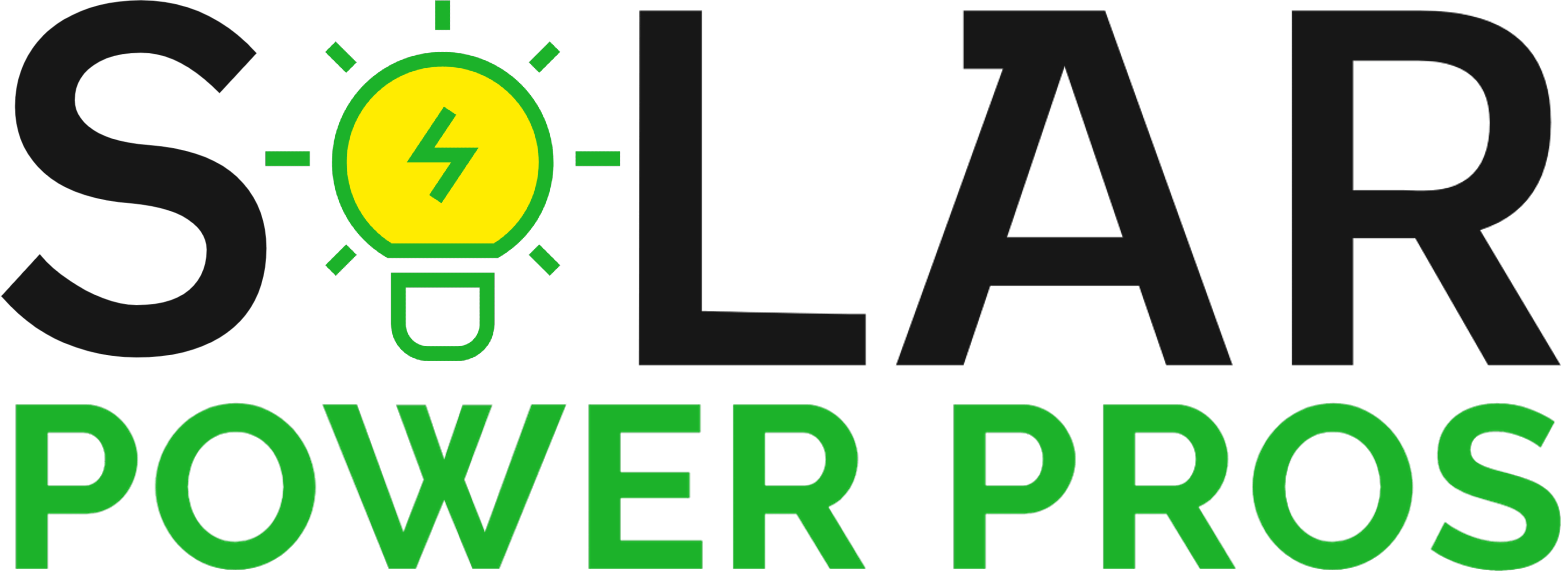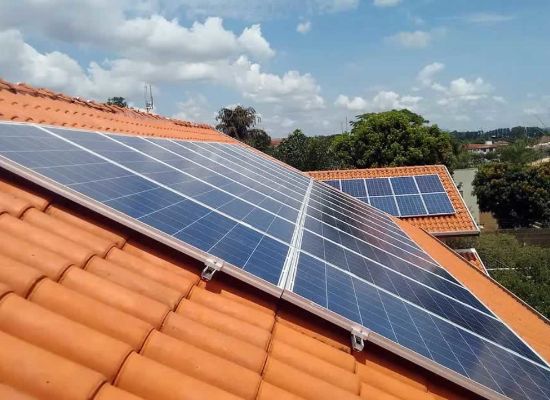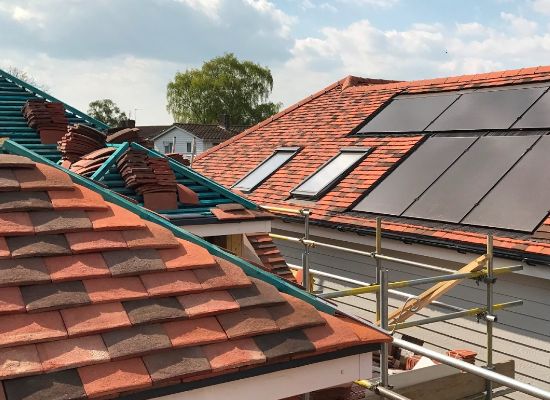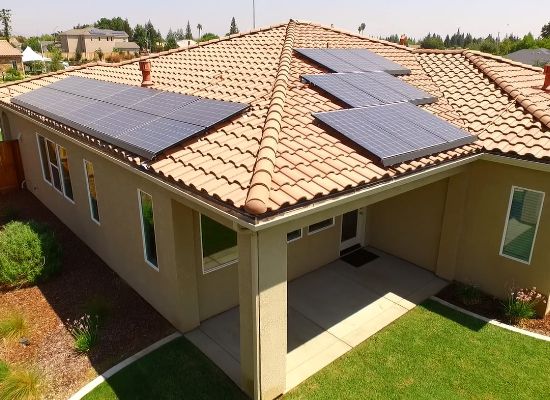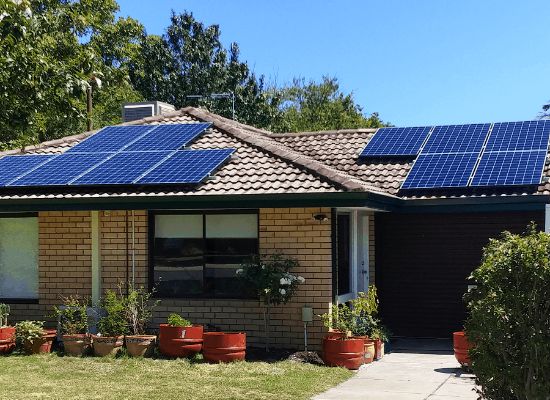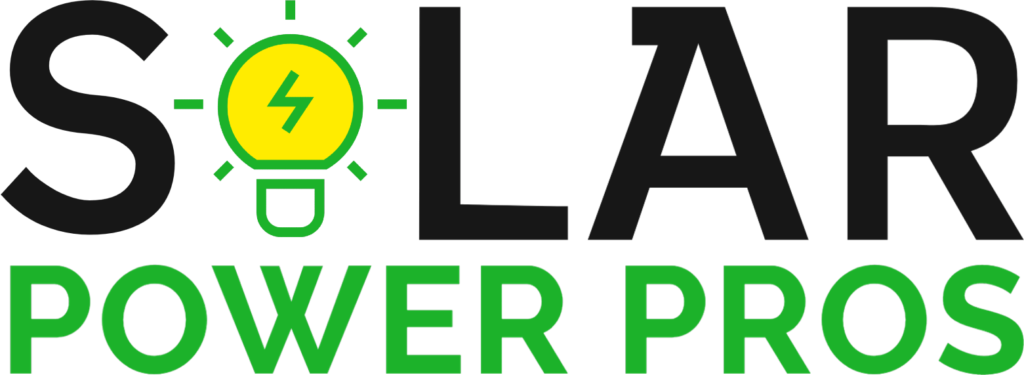Solar Systems Roodepoort – Solar PV Panels and Battery Backups
Solar Systems for Homes and Businesses are cheaper and more obtainable than ever before.
With technological advancement, Solar Power is cheaper than ever and now is the perfect time to install solar because
- Panels are more affordable than ever
- Solar Panels now last longer than ever with a 15+ year lifespan with some companies guaranteeing their panels for 25+ years
- Improvement in battery technologies has decreased the price dramatically
- Battery lifespan has improved a lot with modern Li-ion cells lasting 10 years on average
- With high demand the accessory market has grown very competitive making other solar equipment affordable
Return on investment has now reached a point where your panels should pay for themselves within 5 – 10 years and you get the added advantage of not having to worry about load shedding
Solutions for load shedding in Roodepoort
Starting with a load-shedding solution and scaling up to a full solution when the budget allows often makes sense. With load-shedding solution costing lasting 4 – 6 hours costing:
- R80,000 for low-use families
- R100,000 for medium-use families
- R150,000 for high-use families
Load shedding solutions are growing more popular every day with increased load-shedding in South Africa. Please note that these prices are for batteries and inverters powered by the grid and not for a complete system with solar panels.
Solar Solutions for Home in Roodepoort
To fulfil a home’s needs for electricity, a solar panel system at home must be able to provide adequate energy. As AC energy is commonly used in homes to power lighting systems, electronics, and appliances like computers, mixers, fans, air conditioners, TVs, and music systems, it should be able to supply AC power.
Necessary components of a Solar System for Home or Business
A home or business Solar System comprises several components namely:
- There must be enough solar panels installed in order to capture the necessary amount of solar energy. In direct sunshine, a typical home solar panel produces about 300 watts, therefore on a typical summer day with 10 hours of sunlight, it might produce about 3000 watts or 3 kWh.
- A battery that can store electricity is required for the system in order to use it at night or in situations where the power from the grid is lost. The battery capacity will vary based on your needs, for example, if you only need a few hours of standby during power shedding, your needs will be far lower than for an off-grid system that can meet a house’s whole energy requirements. Notable solar systems for small businesses that operate primarily during the day require far less battery storage.
- An inverter is required by the system to transform the DC power generated into AC power, which can then be used by the household’s appliances and devices. The size of the inverter must increase as the energy requirements do.
- In order to charge batteries at a constant voltage and current, you will also need a charging regulator, which controls the current that comes from the solar panels. Modern systems frequently combine the ACDC inverter and the charging regulator into a single component that is in charge of managing the entire system.
- And lastly everything needs to be connected to each other with the proper cabling.
Solar Solutions for Businesses in Roodepoort
The energy that comes from the sun is abundant, dependable, and renewable. Almost pollution-free and capable of assisting a nation in reducing its carbon emissions, it is also the cleanest energy source currently known to man. Commercial structures, including offices and other enterprises, mostly rely on electricity to meet their energy needs. Solar systems are a great option for the majority of commercial buildings because they don’t require much energy storage as they use a lot more energy during the day.
By moving to on-site power generation from a solar system, the company can lower its operational costs over the next decades. Offices and businesses can utilise solar panels and solar thermal panels for a variety of things, including pre-heating ventilation air, water heating, solar cooling, lighting, and power.
By putting up a solar system, the business can show its customers and shareholders that it is committed to a cleaner future.
Why Solar Systems for Businesses are becoming more popular than ever.
Here are a few reasons Solar Systems are becoming popular so quickly:
- Great ROI: Solar energy solutions will not only raise a property’s worth but also enable your business to reduce its monthly Eskom costs.
- Protects you against load shedding: Backup power will protect your company from losses suffered due to load shedding.
- Low Maintenance: You can be certain that your system will last for many years to come with little to no maintenance if you install a premium Solar System from a (business name) partner.
- Lower initial cost: With all the latest inventions and technological developments, installing solar systems is now more affordable than ever.
- Brand Image: It could demonstrate to the outside world how serious your organisation is about lowering emissions and lessening its environmental impact.
Ever-rising cost of electricity: The time for investing in a Solar Solution is better than ever as the price of electricity is sharply increasing year on year.
Our Solar Power Pros Installers offer:
Are your business experiencing major losses due to load shedding? Do you never know when the power is going to die on you? Do you want to save money on your electricity bill? Maybe it’s time to install a Solar System.
- High-quality components at an affordable price
- Long equipment lifespan with great warranties
- Expert technicians qualified with many years of experience.
Contact Solar Power Pros today by filling out our online form if you’re considering obtaining a solar installation, and we’ll put you in touch with a top solar energy provider in Krugersdorp and surrounding areas,
Krugersdorp | Noordheuwel | Rangeview | Sterkfontein | Dan Pienaarville | Kenmare | Krugersdorp North | Krugersdorp West | Mindalore
What Is Solar Energy?
Solar energy produces renewable or “green” energy by harnessing the rays of the sun. Solar panels, also known as photovoltaic cells, are the most popular way of harnessing solar energy.
These are the panels that you will notice on neighbouring houses and businesses. The cells are made from semiconductor materials. As the sun’s rays hit the cells it causes the electrons in their atoms to be knocked loose. This enables electrons to flow around freely inside the cell and generate electrical energy.
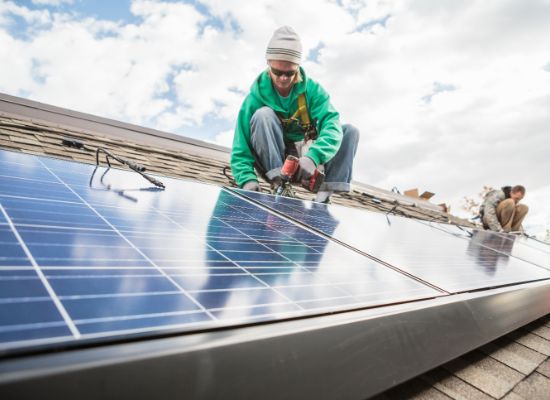
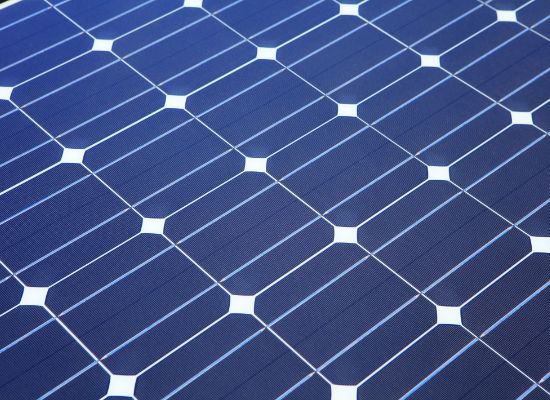
Typically, photovoltaic cells, also known as PV cells, are utilised when generating power on a small scale, such as for residential or commercial applications.
In addition, solar thermal systems can be used to heat water or other liquids, which can subsequently be used to heat a building or other structure or to produce steam, which can be used to power a turbine and generate electricity or provide you with hot water at home.
Why Choose a SOLAR POWER PROS partner for your solar installation?
When it is time to select a company to Install a Solar System it can be quite complicated to find a reliable supplier and installer. We at Solar Power Pros have selected only leading Solar Solution companies across South Africa making it easier for you to find a reputable company. Our partners are:
